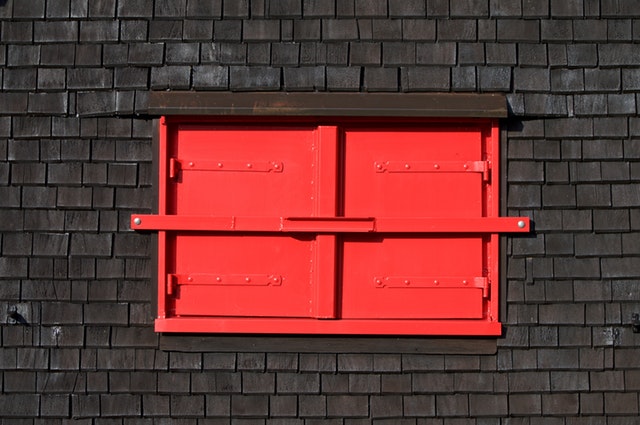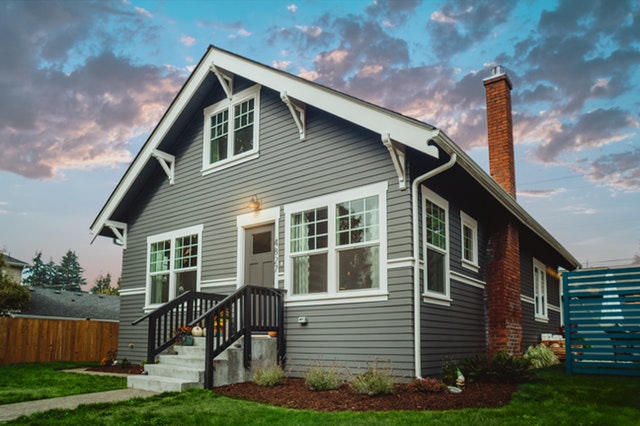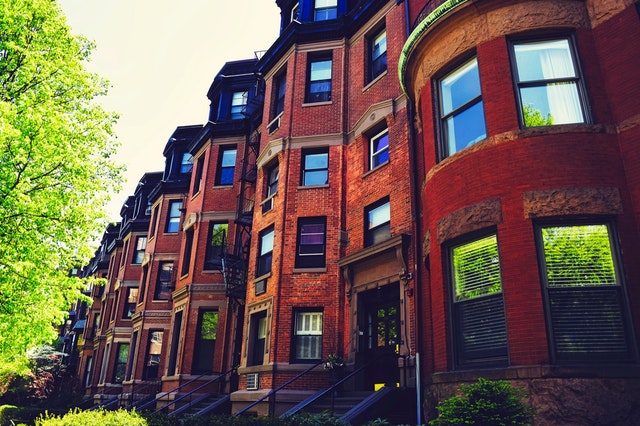What’s Ahead For Mortgage Rates This Week – September 30th, 2019
 Last week’s economic reports included readings from Case-Shiller on home prices along with data on new and pending home sales. Weekly readings on mortgage rates and initial jobless claims were also released.
Last week’s economic reports included readings from Case-Shiller on home prices along with data on new and pending home sales. Weekly readings on mortgage rates and initial jobless claims were also released.
Case-Shiller: Home Price Gains Slow to Lowest Pace in 7 Years
Case-Shiller Home Price Indices reported slower home price growth in July with 3.20 percent growth year-over-year. There was no change in July’s reading for the 20-City Home Price Index as compared to June after seasonal adjustments.
The top-three cities in Case-Shiller’s 20-City Home Price Index were Phoenix, Arizona with 5.80 percent home price growth year-over-year. Las Vegas, Nevada reported 4.70 percent growth and Charlotte, North Carolina home prices rose by 4.60 percent.
West coast cities that dominated home price growth in recent years have given way to more affordable markets. Seattle, Washington reported a negative reading of -0.60 percent year-over-year. Low mortgage rates have compelled buyers to enter the market; this could drive up demand again and boost home prices at a higher pace than they are rising now.
New and Pending Home Sales Increase in August
New home sales rose to 713,000 year-over-year in August as compared to July’s reading of 686.000 sales and expectations of 660,000 new homes sold in August. Pending sales rose 1.60 percent in August after posting a negative reading of -2.50 percent in July.
Pending sales are transactions with signed purchase contracts, but that have not closed. Home sales typically taper off in fall after the peak selling season in spring and summer; rising sales during fall suggest stronger housing markets.
Mortgage Rates Fall, New Jobless Claims Rise
Freddie Mac reported lower mortgage rates last week; rates for 30-year fixed rate mortgages averaged 3.64 percent and were nine basis points lower than in the prior week. The average rate for 15-year fixed rate mortgages was five basis points lower at 3.16 percent and rates for 5/1 adjustable rate mortgages fell 11 basis points to an average of 3.38 percent. Discount points averaged 0.50 percent for fixed rate mortgages and 0.40 percent for 5/1 adjustable rate mortgages.
First-time jobless claims rose to 213,000 claims filed from 210,000 new claims filed the prior week. Analysts said the GM auto worker strike caused the increase in new claims.
What’s Ahead
This week’s scheduled economic news includes readings on construction spending and labor sector reports on public and private sector jobs and the national unemployment rate. Weekly readings on mortgage rates and new jobless claims will also be released.

 The recent total devastation of the Bahamas by hurricane Dorian reinforced the need for hurricane-proof homes in areas that are subject to this risk. Building codes have not kept up with the increasing severity of the weather.
The recent total devastation of the Bahamas by hurricane Dorian reinforced the need for hurricane-proof homes in areas that are subject to this risk. Building codes have not kept up with the increasing severity of the weather. Case-Shiller’s National Home Price Index reported U.S. home prices grew by 3.20 percent year-over-year in July; as compared to year-over-year home price growth 0f 3.00 percent posted in June. Cities with the highest rates of year-over-year home price growth were Phoenix, Arizona with 5.80 percent year-over-year home price growth. Las Vegas, Nevada had 4.70 percent year-over-year home price appreciation and Charlotte, North Caroline bumped Tampa, Florida from the top three cities with home price appreciation of 4.60 percent. Tampa, Florida posted 4.50 percent year-over-year home price growth in July.
Case-Shiller’s National Home Price Index reported U.S. home prices grew by 3.20 percent year-over-year in July; as compared to year-over-year home price growth 0f 3.00 percent posted in June. Cities with the highest rates of year-over-year home price growth were Phoenix, Arizona with 5.80 percent year-over-year home price growth. Las Vegas, Nevada had 4.70 percent year-over-year home price appreciation and Charlotte, North Caroline bumped Tampa, Florida from the top three cities with home price appreciation of 4.60 percent. Tampa, Florida posted 4.50 percent year-over-year home price growth in July. When you’re in the market for a new home to buy, your real estate agent will likely invite you to ride along with them to view homes. This is a convenient courtesy, but you may want to reconsider. Your other option is to follow the real estate agent in your own car instead.
When you’re in the market for a new home to buy, your real estate agent will likely invite you to ride along with them to view homes. This is a convenient courtesy, but you may want to reconsider. Your other option is to follow the real estate agent in your own car instead. Opportunity Zones were created by the 2017 Tax Cuts and Jobs Act to encourage investors with capital gains on other investments to invest that money in low-income and undercapitalized communities. They get a reward of deferring capital gains tax. They avoid a portion of it altogether if they keep the investment for five years or longer.
Opportunity Zones were created by the 2017 Tax Cuts and Jobs Act to encourage investors with capital gains on other investments to invest that money in low-income and undercapitalized communities. They get a reward of deferring capital gains tax. They avoid a portion of it altogether if they keep the investment for five years or longer.